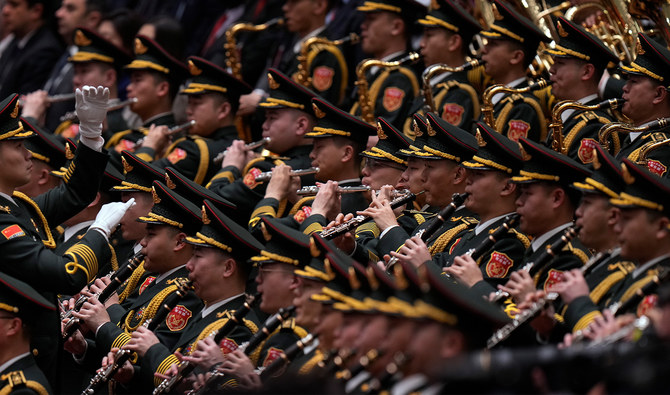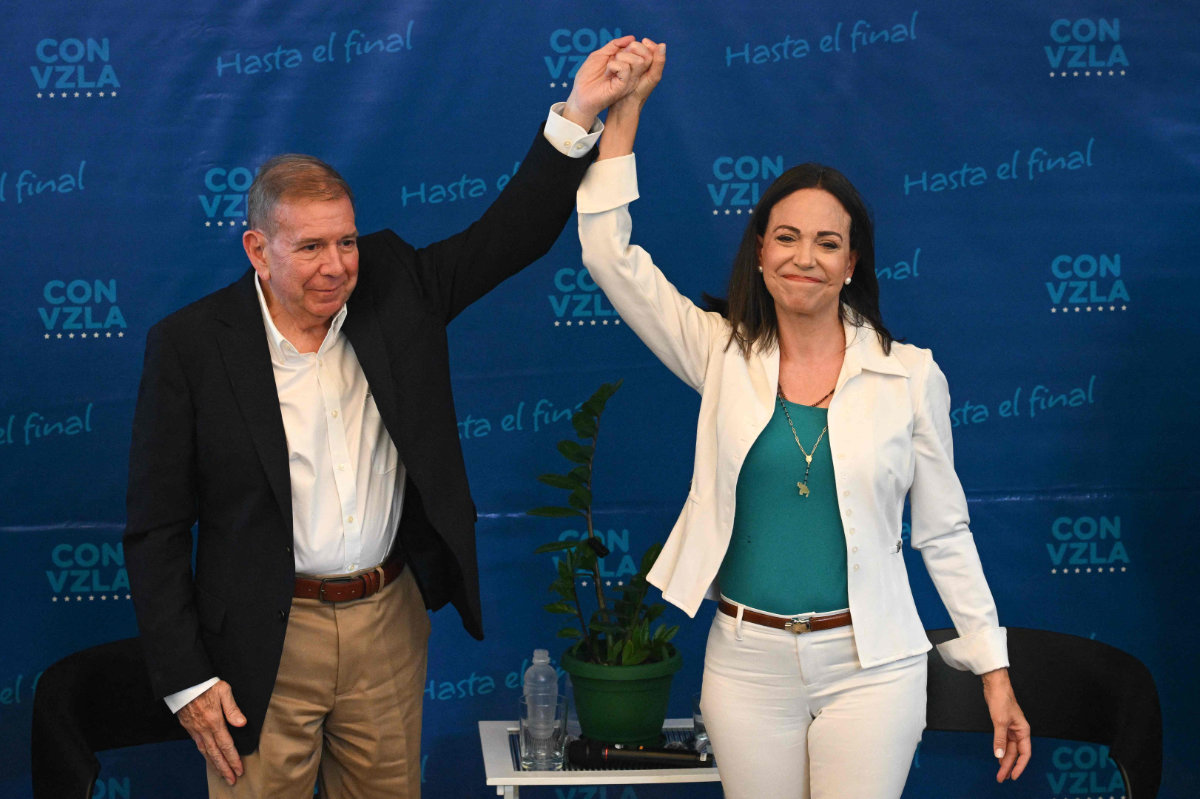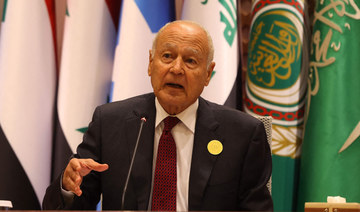China announced Tuesday it would boost its defense spending in 2024, as hostility over Taiwan and in the South China Sea grows.
The 7.2 percent increase, identical to last year’s figure, was announced at the start of the annual meeting of the country’s rubber-stamp parliament, the National People’s Congress (NPC).
China will spend 1.665 trillion yuan ($231.4 billion) on defense in 2024, according to the budget report that lays out the government’s financial plans for the year ahead.
China has the world’s second-largest defense budget behind the United States, even though the People’s Liberation Army (PLA) surpasses the US military by number of personnel.
Still, China’s military spend is around three times smaller than Washington’s in recent years.
The world’s second-largest economy will maintain “reasonable growth” in its defense budget to “safeguard its sovereignty, security and development interests,” NPC spokesman Lou Qinjian said Monday.
'Viewed with suspicion'

Soldiers of People's Liberation Army (PLA) march in formation during the military parade marking the 70th founding anniversary of People's Republic of China, on its National Day in Beijing, China, on October 1, 2019. (REUTERS)
The country’s expenditure on its armed forces has been on the rise for decades, broadly in line with economic growth.
China’s military spending makes up 1.6 percent of its GDP, far less than the United States or Russia, according to the Stockholm International Peace Research Institute (Sipri).
But its defense expansion is viewed with suspicion by Washington, as well as other powers in the region including Japan, with which Beijing has a territorial dispute over islands in the East China Sea.
China has also increasingly flexed its muscles in the South China Sea, which it claims almost entirely despite an international arbitration ruling that declared its stance baseless.
China’s boost in spending is also a cause for concern for self-ruled Taiwan, which Beijing says is part of its territory to be claimed by force if necessary.
As the NPC kicked off on Tuesday, the government work report said China would again “resolutely oppose separatist activities aimed at ‘Taiwan independence’” in 2024.
'Biggest challenge to NATO'
China also says it is worried about cooperation between its regional rivals and the United States, as well as NATO.
NATO chief Jens Stoltenberg said in January that China was the “biggest long term challenge NATO Allies face.”
“We see them in Africa, we see them in the Arctic, we see them trying to control our critical infrastructure,” he added.
China made “a number of significant acquisitions, including a substantial increase in number of nuclear warheads” last year, James Char, an expert on the Chinese army at Nanyang Technological University (NTU) in Singapore, told AFP.
According to Sipri, Beijing had 410 nuclear warheads in 2023, an increase of 60 from the year before.
However, that still significantly lags behind Washington’s 3,708 and Moscow’s 4,489.
Moreover, “recent military corruption scandals raise doubts about the effectiveness of (Beijing’s) missile force and overall military professionalism,” said Adam Ni, editor of China Neican, a newsletter on Chinese current affairs.
Over the course of the last year there has been a leadership overhaul of China’s Rocket Force — the army unit that oversees its nuclear arsenal — following media reports of a graft probe involving its former chief.
Among a slew of other dismissals, former defense minister Li Shangfu was sacked without explanation last October after just a few months in the job.
'US still top dog'
Corruption needs to be tackled if President Xi Jinping’s “goal of displacing the US armed forces as the world’s pre-eminent military power” is to be realized, said NTU’s Char.
For the time being, Washington remains firmly in the top spot.
The United States has the world’s highest military spending, according to Sipri — standing at $877 billion in 2022, the latest figures available.
China comes second, followed by Russia and India.
The United States also has “global presence and alliance networks, which China cannot replicate in the short term,” said Neican’s Ni.
Washington has hundreds of military bases abroad, while Beijing has just one, in Djibouti.
“Given the PLA’s shortcomings — — particularly in combined arms and joint operations -— it stands to reason that Beijing possesses neither the wherewithal nor the desire to initiate conflict against Washington or launch an invasion across the Taiwan Strait,” said Char.
“A lingering concern, however, is that aggressive interactions between the PLA and other militaries in the region carry the potential to go awry and escalate into a full-blown conflict.”


























